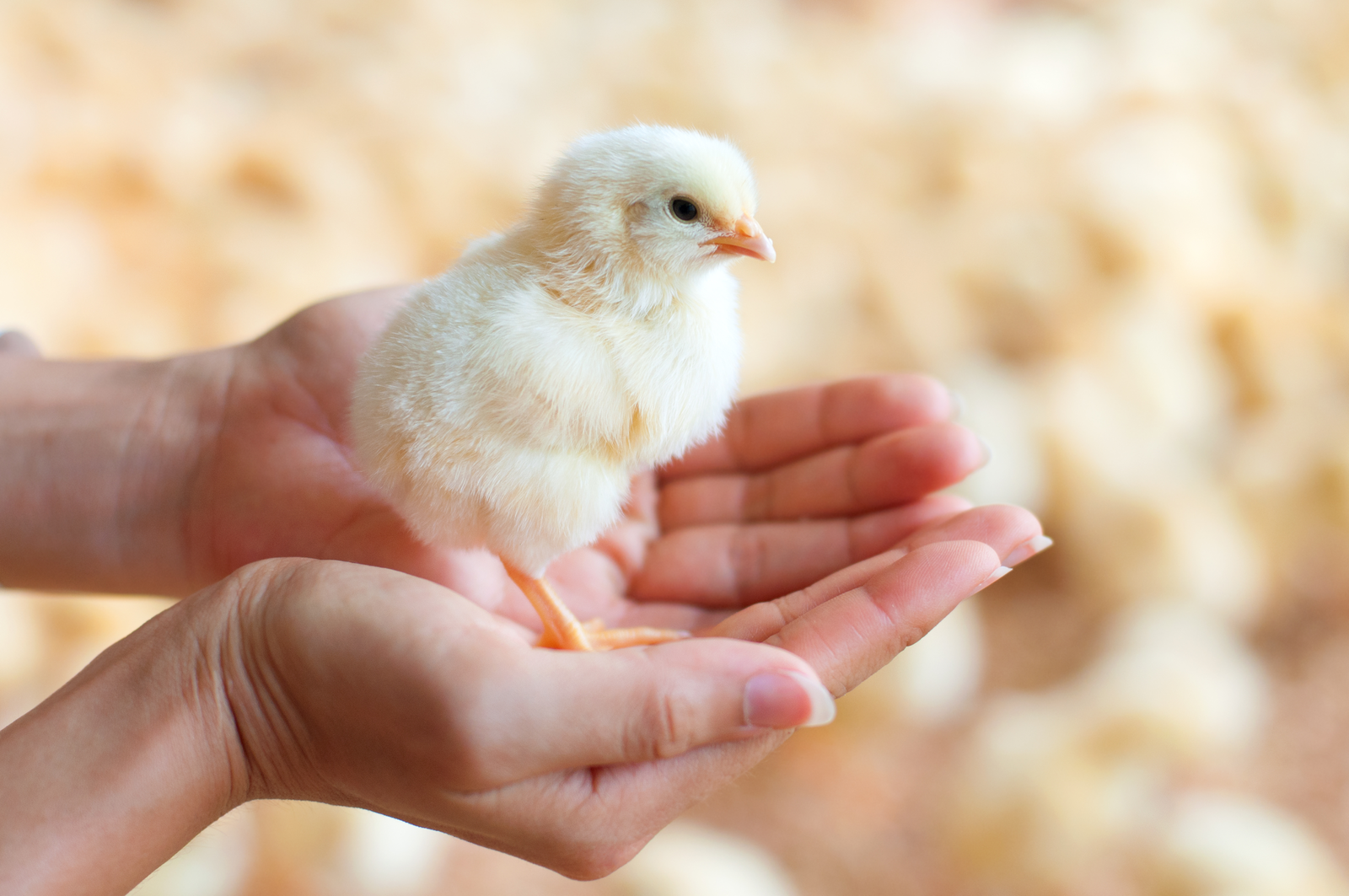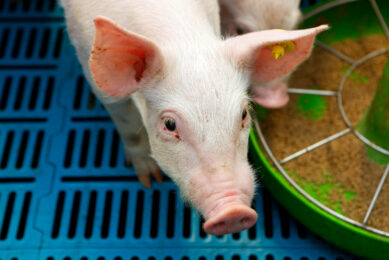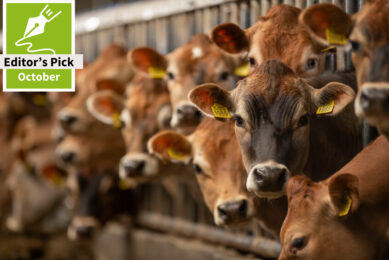Gut health: Innovative solutions needed

There is still a lot to discover regarding the digestive system, especially in farmed animals. Coping with digestive health problems therefore remains a challenge, and needs innovative solutions. This was stated at the recently held 3rd international seminar, organised by Huvepharma in Porto, Portugal.
The meeting, chaired by prof. Geert Janssens from Ghent University, brought together scientists and experts to discuss the latest insights on intestinal health in high yielding animals and new approaches to improve gut health. Karel Bierman, Global Director Enzymes at Huvepharma addresses this and stated: “The demand for proteins is expected to rise sharply. Therefore, we have to reduce the losses in production by for instance improving animal health and reduce mortality (important losses = waste). In addition, we must increase the efficiency of animal feed and get a better understanding of the digestive systems of farmed animals.
Intestinal flora of poultry
Dr Todd Callaway of the Research Unit for Food Safety of the US Department of Agriculture (USDA) further delved into ‘how can the intestinal flora in poultry be managed through nutrition?’ “The intestinal flora is a densely populated society of 1,000 to 10,000 different bacteria. We know little of most of them, but the intestinal flora is more important than previously believed. Changes in the intestinal flora really make a difference in the animal’s performance”, Callaway explained. Rations, with amongst others, probiotics, enzymes and oligosaccharides, were shown to influence the type of bacteria present and the balance between different species in the intestinal flora. He further addressed that with regards to the impact on growth and health, both the density and the composition of the bacterial population are decisive. “A too dense population may give rise to intestinal health problems, where a well-balanced and particular bacterial population (good composition) can improve overall intestinal health”, said Callaway.
Reducing NSP level in animal feed
The quest is to find nutritional strategies to improve the intestinal health. Dr. Knud Bach Knudsen of Aarhus University highlighted the role of fibre, a very complex compound present in plant material. The composition of the fibre fraction (non-starch polysaccharides, NSP) differs between grains and protein-rich legumes. These NSP’s cannot be digested by enzymes produced by the animal itself, but can be fermented by the microflora. Thus, they will affect the digestion and absorption of nutrients all over the intestine, where some fibre structures can improve digestive health because they act as a kind of prebiotic.
Dr Francesc Molist of Schothorst Feed Research highlighted the technological approach applied in feed mills (grinding and pelletising of animal feed) to improve the nutritional value of rations with many non-starch polysaccharides NSP for pigs. The effects of using technology in improving the nutritional value of the feed are dependent on the treated nutrient and the nutritional objectives. Technology is especially useful in function of improving digestibility, especially of oil seed rations by reducing ANF’s (anti-nutritional factors). So also applying technology might contribute to improved digestibility of lower valued raw materials as mentioned by Barbaros Corekoglu in his presentation.
Role of probiotics and enzymes
The application of probiotics to improve intestinal health was discussed by Dr. Mick Bayley, a professor of comparative immunology at Bristol University. “Weaning piglets whose immune system is still insufficiently developed can cause hypersensitivity to certain feed antigens which are unknown to them, for instance soy proteins,” said Bayley. The capability of the immune system of the intestinal mucus to take the appropriate “immunity decisions” is an important component of gut health and does not work in newborn or germ-free animals. Different bacterial colonization patterns guide the development of this immune system. This can be manipulated somewhat in very young animals via the diet and the addition of pre- or probiotics. The shift patterns are complex, interactive and influenced by a multitude of factors, such as targeted use of antibiotics to treat specific diseases. We can do targeted nutritional interventions, according to Mick Baylay, to improve health and performance. Trials in pigs showed that a new developed probotic* reduced diarrhoea and high mortality by infection with Salmonella and E. coli.
Also enzymes can be used to boost gut health. Trials in which poultry diets were supplemented with an enzyme** showed that the pH of the caeca was changed. Also the microbial population in numbers and composition was changed. In another study, enzyme supplementation improved improve feed conversion in poultry by 5 points, enhances growth fall by 50 g and reduces feed costs by € 8 per ton. Trials in pigs showed similar benefits; intestinal health was improved due to reduction of intestinal inflammation in piglets. Feed conversion in fattening pigs was improved with 3.7%, growth was improved by 1.9% and feed costs were reduced by € 7 / tonne. Furthermore, mortality rate in this particular trial was reduced by 25%.
*Miya-Gold®, developed by Huvepharma is a probiotic feed additive, consisting of spores of Clostridium butyricum, a butyrate-producing bacterium.
**Hostazym® X, developed by Huvepharma is an enzyme preparation of xylanase produced by a non-genetically modified strain of Trichoderma citrinoviride.











